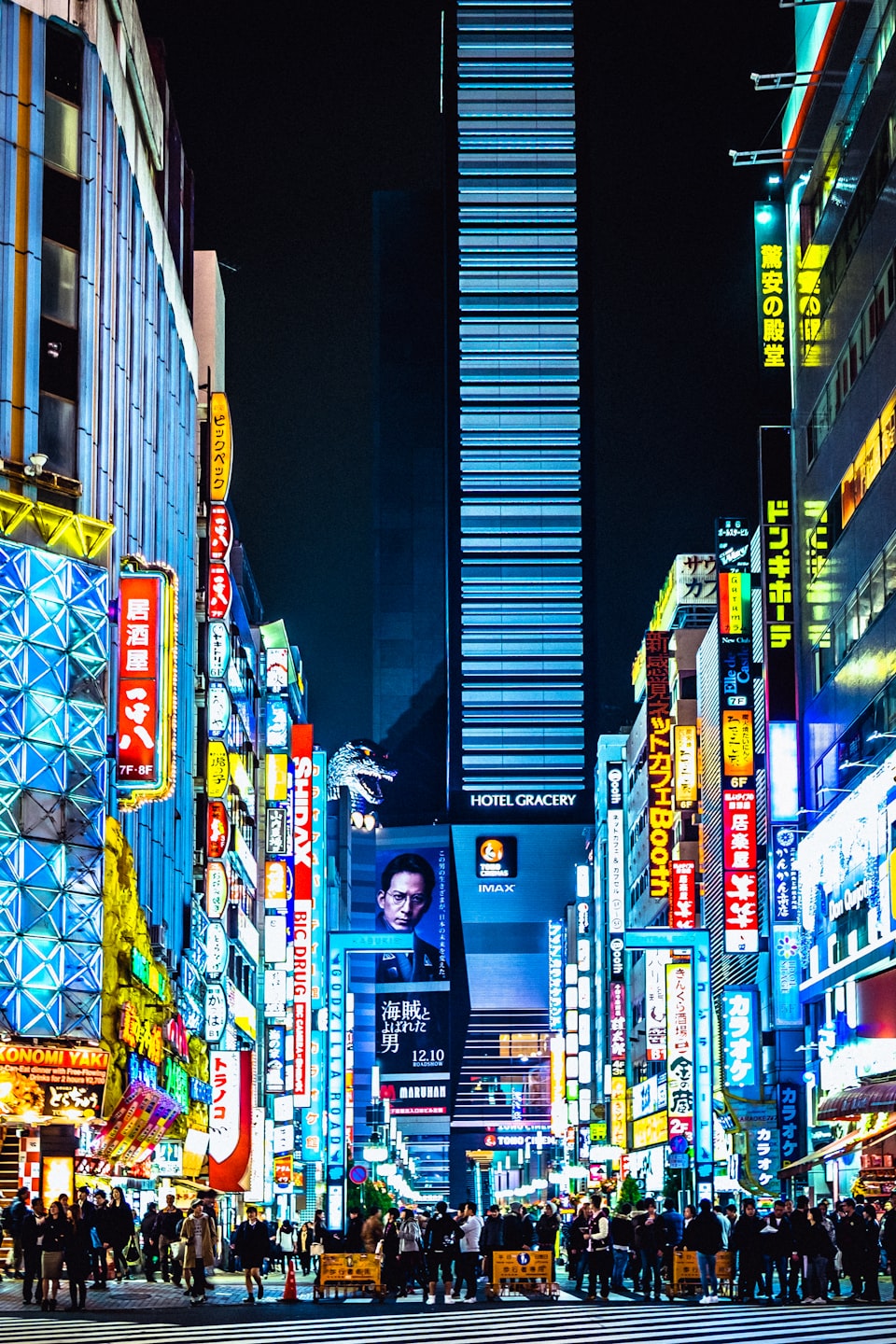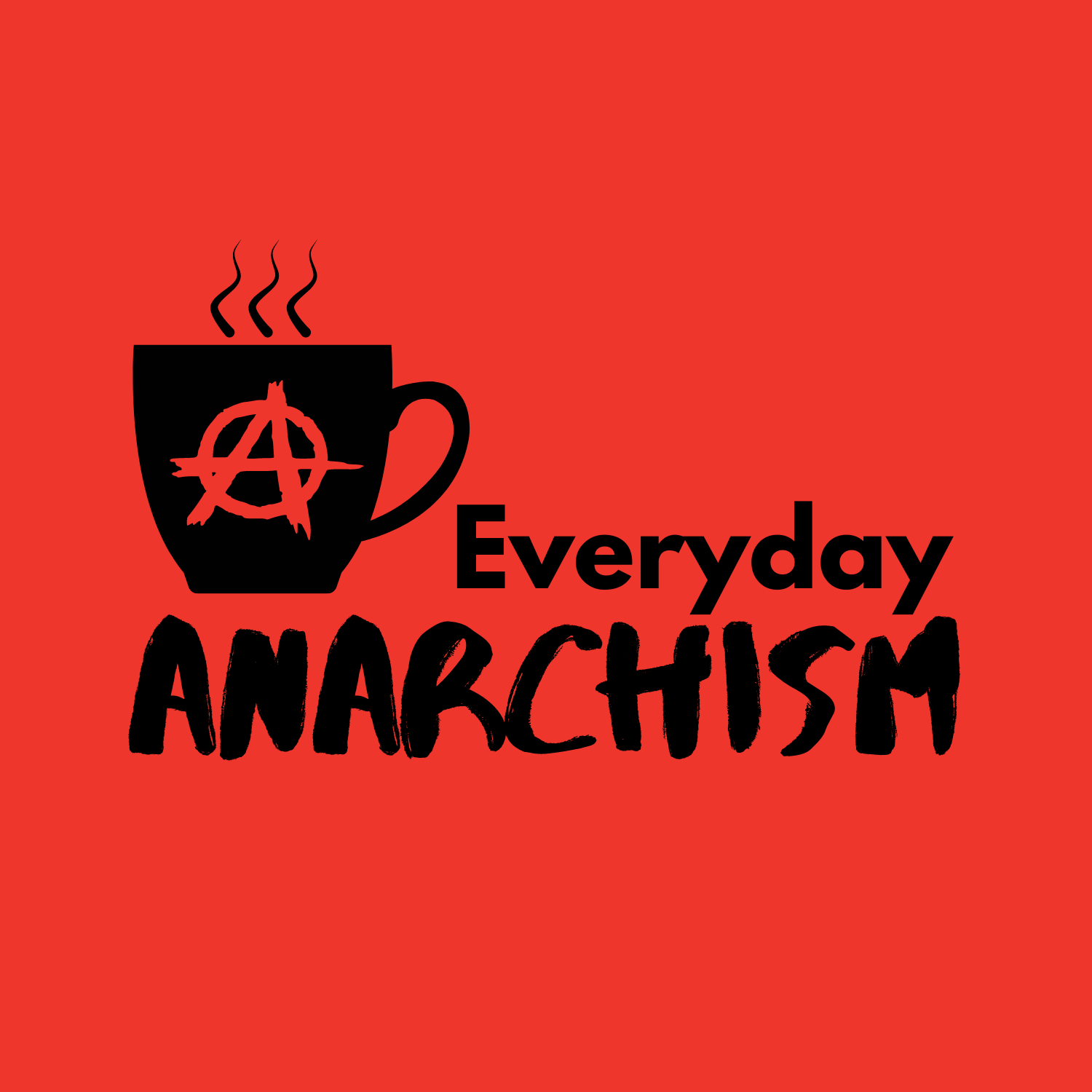Godzilla vs Anarchism

Hi Everyone!
I know, it’s been months (years?) since this newsletter came out. Well, here’s my annual newsletter! I can also tell you that the podcast will be back this week with an episode with Kim Stanley Robinson, and should be publishing at least every other week through the summer, with the Graeber’s Debt series continuing and the English Revolution series concluding
I also had a conversation with Thi Nguyen about games that was so astounding that I had to start a whole new podcast about games! The conversation with Thi should come out soon, but if you’re interested in a preview, here’s the new show, which will cover most of the same issues as everyday anarchism (rules, life, utopia) but with a focus on games and what they tell us about those issues. Here it is if you want to check it out: How to Do Things with Games.
And now, Godzilla:
One of the things that I started this project with was the idea that the appeal of a great deal of pop culture stems from its embrace of anarchism - folk anarchism you could call it, or everyday anarchism, perhaps! This explains why Tolkien’s Lord of the Rings was the first topic I covered, and why I’m still hoping to continue a podcast series about Batman vs. Anarchism. There is, of course, an enormous amount of artificial, focus-tested, and corporate-driven nonsense in pop culture, but because pop culture has to part “consumers” (aka people) from their money, it has to appeal to people. And I think one thing that I’ve detected is that what appeals to people is heroes who work outside, or actively fight, both government and corporate bureaucracy. In a political sphere in which corporate bureaucrats are rarely challenged (except perhaps by Bernie Sanders and, even more perhaps, Elizabeth Warren) and government bureaucrats are simply demonized or valorized depending on your political side, movies and TV shows refreshingly show hierarchy, coercion, and officialdom to be the enemy. John McClane, James Bond, Captain America, Luke Skywalker, Jackie Chan…these people only ever attend committee meetings when they are being disciplined or harangued. It’s hard to imagine this kind of scene being made up of heroes:
Death Star Conference room from Star Wars: A New Hope
Or this one:
Spectre headquarters from Thunderball
I think this fact - that people do not, in fact, like bureaucracy and hierarchy - is one of the big things that holds progressives back as they try to articulate a vision of the future that people would like. One of my favorite examples of this is the work of Jerusalem Demsas, who I used to read regularly until I finally got so sick of The Atlantic that I canceled my subscription. As near as I can tell, Demsas and I agree more or less about the world we’d like to live in, but most of her writing focuses on institutions, and her solutions are always institutional - for example, she argues that before we can act democratically, we need to have properly identified who counts and how they are counted. Institutional democracy comes first; actual democracy (what Dewey called “creative democracy” comes second). And to my eye, the “democratic crisis” we’ve been experiencing lately is just proof that whenever you start with institutional democracy you never get to creative democracy.
Which brings me to Godzilla. Last night (note: actually four months ago from when this was published), I went to see the new Godzilla film, Godzilla Minus One, in what was only my second or third trip to the theater in 2023 (I still haven’t seen Oppenheimer, although that hasn’t stopped me from working on a podcast episode about the movie). What follows has spoilers for at least three films, Godzilla (1954), Shin Godzilla (2016), and Godzilla Minus One. I highly recommend all of these films, so I also recommend not reading on if you have any interest in them!
What strikes me about all of these films - the three greatest and most interesting Godzilla films - is how much the government fails in all of them. Godzilla represents a disaster in each of them, a disaster that is defeated only by unexpected forms of cooperation, while the government either caused the disaster or failed to prevent it, or both.
In the original film (not the Americanized version with Raymond Burr), Godzilla clearly symbolizes nuclear weaponry. He threatens to destroy Tokyo, just as American bombs destroyed Hiroshima and Nagasaki. The Japanese government, which in 1954 was in one of its most fervently pro-American phases, won’t even acknowledge that it was American nuclear weaponry that turned the ancient creature into a modern monster. What the government does do is attack Godzilla with a series of conventional weapons - machine guns, battleships, fighter planes, and an electric fence - all of which either fail or even empower the beast.
Unbeknownst to the government, during this entire film, the secretive scientist Daisuke Serizawa has already created a weapon so powerful that it can easily defeat Godzilla - but he won’t share it with the government because he can’t bear to be responsible for another Hiroshima or Nagasaki. It’s certainly not the American government that Serizawa is afraid of, but rather government itself, and the way that states turn everything into a weapon. After a certain amount of family melodrama, the Serizawa does agree to use the weapon to destroy Godzilla, thereby saving the world, but also threatening it with future mass destruction. In his final act of resistance, he commits suicide, dying along with Godzilla, and thus taking the secret of his new super weapon with him. Thus in the 1954 film, Godzilla was the creation of military technology, and Serizawa was more afraid of state control of his scientific discovery than he was on the monster itself.
After decades of sequels to the original Godzilla, and rebooted sequels, and also sequels to the reboots, and also American Godzilla movies, the original Godzilla movie was remade as Shin Godzilla in 2016 (“shin” meaning roughly “new” and “authentic”). Shin Godzilla is set in the present day and in it, Godzilla represents the 2011 tsunami and subsequent nuclear disaster at Fukushima. But the problem isn’t an overly militarized government and the threat of American nuclear weapons, but rather bureaucratic red tape and government complacency. Unlike Serizawa’s mentor, a soulful scientist played by film legend Takashi Shimura, in 1954’s Godzilla, the senior scientists in Shin Godzilla are useless. In fact, all senior people in Shin Godzilla are more or less useless, because they have achieved their high status in a bureaucracy that discourages effectiveness.
Surprisingly, the hero of Shin Godzilla actually is a committee. But when the committee is put together, its leader, Rando Yaguchi, quickly explains its value: it’s actually an anti-bureaucratic committee. Every member has been stifled by bureaucracy and denied the chance to flourish; only after the sidelining or death of many senior figures can these counter-bureaucrats flourish. Yaguchi and his team defeat Godzilla using a highly collaborative, nonhierarchical system of cooperation - and it’s only possible because Godzilla killed so many of their bosses. In Shin Godzilla, Godzilla represents not a natural disaster but the danger of a natural disaster unleashed in a world in which all human efforts have been stifled by bureaucracy.
Finally, I’ve reached the most recent Godzilla film, a remake again of the original Godzilla, but this one is actually a period piece, set during World War II and taking place before the original. I’ll try to keep the plot discussions to a minimum, because I want to avoid spoilers, but the villain here is, like in Shin Godzilla, not the giant radioactive monster but Japanese governmental ethos. The ethos being attacked this time isn’t bureaucratic stasis but nationalist imperialism. The protagonist of Godzilla Minus One, Kōichi Shikishima, is a failed kamikaze pilot who is scorned by his fellow citizens for not killing himself for the glory of Japan. Like in Godzilla, an eccentric scientist devises a technological solution to fight Godzilla; like in Shin Godzilla, an unexpected group forms to fight Godzilla. But in this film, the group that fights Godzilla isn’t a group of counterbureaucrats but a democratic movement which acts not in committee meetings but via town hall. This group of veterans was traumatized by war but even more so by their own government’s indifference to their lives; they disavow the Japanese state, and say that they’d rather fail than sacrifice one another. Although I take both Godzilla and Shin Godzilla to be everyday anarchist, Godzilla Minus One verges on explicit anarchism with its out and out anti-government stance.
When Godzilla shows up off the coast of Tokyo, he represents a threat to human civilization. And every time our default sense of what civilization should be - bureaucracy, militarism, imperialism, capitalism - fights him, he wins. In the battle between Godzilla and the bureaucratic, capitalist state, Godzilla always wins. But if anarchism can find a way to take the field, Godzilla is defeated in short order. So the real battle is never Godzilla vs. Anarchism, but anarchism versus the current ways of doing things. As long as we have anarchism, Godzilla doesn’t stand a chance.!
